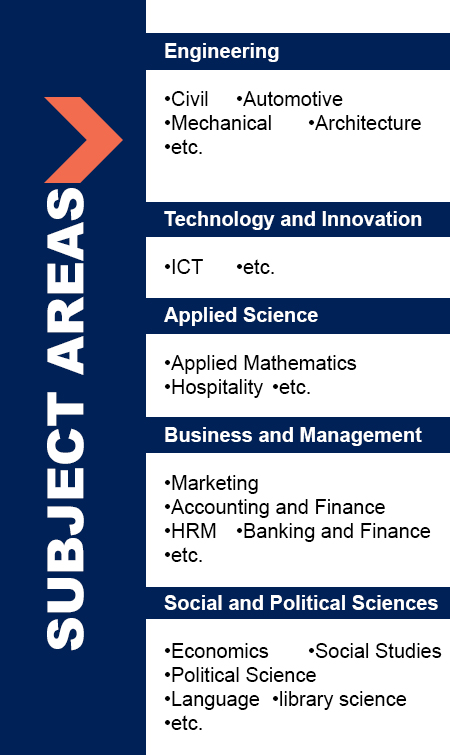Maize Market Integration: A Case Study of Maize Marketing In Ghana
DOI:
https://doi.org/10.47127/ijtmr.v1i4.33Abstract
Agricultural marketing remains a challenge; this is because a large proportion of the population is engaged in a form of small-scale agricultural production and marketing that is characterised by a multitude of constraints and market imperfections. Paramount among the constraints are limited land availability, poor physical and legal infrastructure, high transaction costs and few available and alternative livelihood support systems. For some of these constraints to be removed, there is the need for information flow. Thus, it is believed that, spatial price transmission or market integration measures, the degree to which markets at geographically separated locations share common long-run price or trade information on a homogenous commodity. Using the co-integration approach, the results of the study using either Techiman or Kumasi as the producer markets of maize, the following markets Bolga, Wa, Ho, Tamale, Mankesim, Koforidua, Accra, Cape Coast and Takoradi/Sekond (as consumer markets) shows that there is a long run price transmission relations with the consumer markets. However, Bolgatanga market is the only exception. It is recommended that the Ministry of Food and Agriculture should intensify collection and dissemination of data on maize prices to both consuming markets and producing markets. This can be enhanced by Government establishing market information centres in these markets where both traders and farmers could go for information on the price trend of the commodity in other market(s).
Keywords: Co-integration; Marketing; Market Integration; Non-stationarity; stochastic process.








